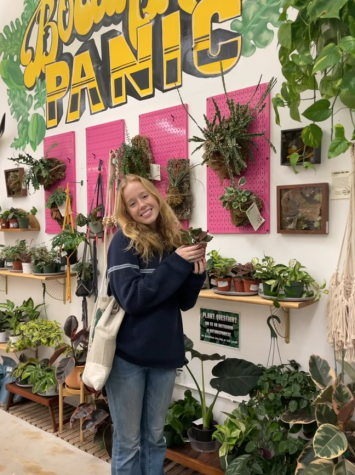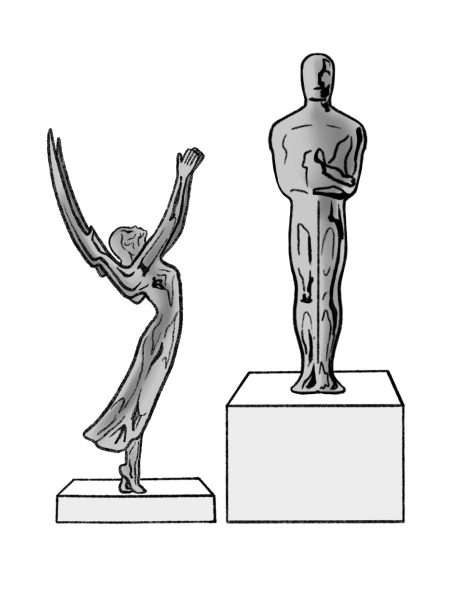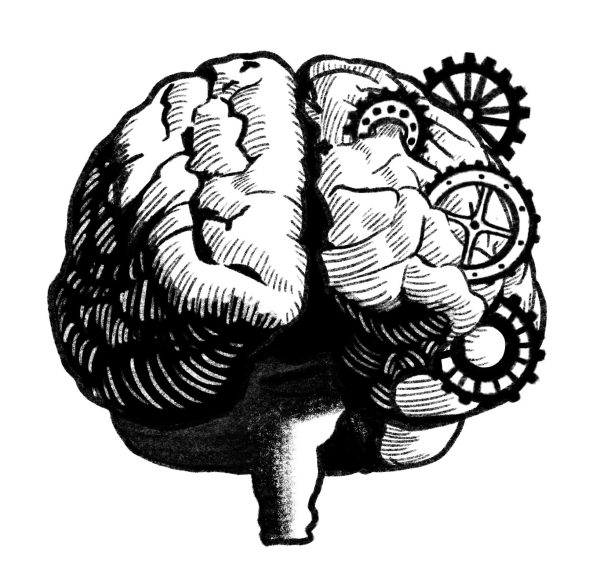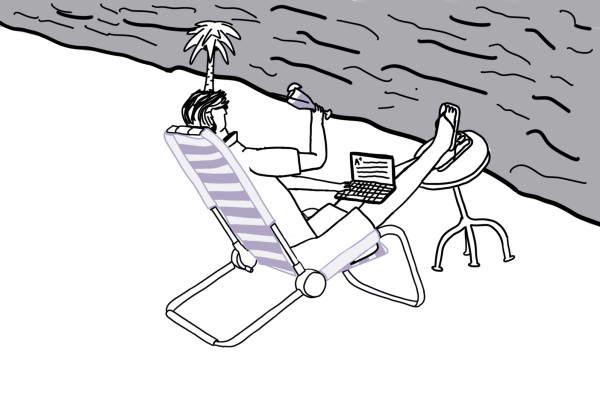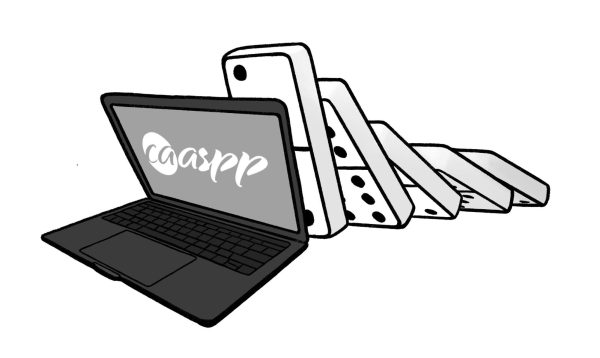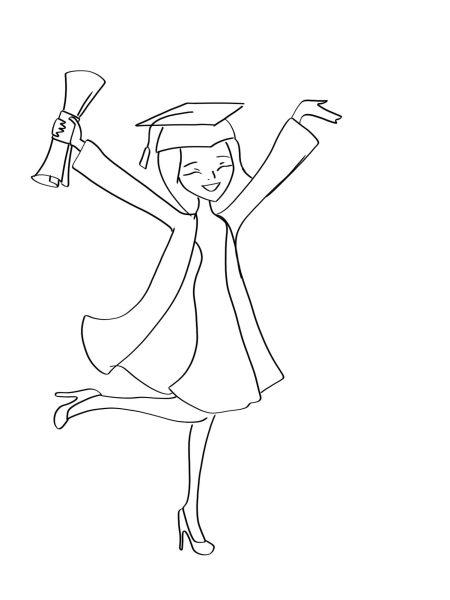One name change isn’t enough; Marin’s history of Miwok roots
February 15, 2022
Hundreds of years ago, Marin County looked drastically different than it does today. Where modern-day infrastructure and homes currently stand, rolling green hills, clear streams and diverse wildlife once filled Marin’s landscape. Yet, it is hard to ignore that there is a lack of education taught in our community regarding the history of the Coast Miwok Tribe. Even at Redwood, our curriculum fails to fully explain the extent to which the Native Americans were terrorized and tortured by white colonizers on this very land.
The earliest known record of the Coast Miwok tribe dates back to 1579. Originally living in San Rafael, Corte Madera, Tiburon, Larkspur and other parts of Marin, the Miwoks faced endless challenges once English and Spanish colonizers arrived. One such hardship was encountering Sir Francis Drake in 1579 as well as the missionaries of Spanish Catholicism, who forced religious conversions and brought about the rise in foreign diseases among the Miwok population. Administrative assistant and educator at the Museum of the American Indian in Novato, Hailey Dowell, is not personally indigenous but values the importance of honest education regarding the history of the Miwok tribe. The museum of the American Indian is one organization that ensures accurate information and historical teachings. The museum was founded in the 1960s and aims to tell the story of the Miwok people. Dowell helps to tell that story through exhibits and events for local schools.
“[The Miwoks] weren’t just hunters and gatherers, they were master gardeners. They were environmental managers,” Dowell said. “They all had this understanding of biodiversity and soprosity…I give [to the land], [the land] gives back to me. It was intertwined in their culture.”
The importance of learning Marin’s forgotten original history is vital to educating individuals on the topic, and being in touch with the Miwok community and their historical perspective is extremely necessary to fully understand their history.
“When you are out of touch with [that history], you don’t have any anchors to where you are living, so it’s important to honor that history to create more visibility for indigenous communities,” Dowell said.
A report done by the National Congress of American Indians found that 87% of state history standards include no mention of Native American history after 1900. 27 states did not mention any about Native Americans in their k-12 curriculum standards. Education is extremely important to decolonizing oneself, as well as checking the information one is told to ensure that it’s truthful and historically accurate.
“[Education is] integral to forming a person. Your education makes you who you are, so if you’re given the sugar-coated [information] to regurgitate back into the world then people will tell you ‘that’s not the history, that isn’t right.’” Dowell said.
The education surrounding the culture and history of the Miwok tribe is one that has been ignored in the Marin community. Sir Fancis Drake was an English sailor and navigator, who voyaged across the Atlantic in search of new land. Because of his elongated history of colonization, Drake has become a well-known colonizer to this day. The name change from Sir Francis Drake High School to Archie Williams High School in May of 2021 was one step that has been taken to rectify the offensive damage done from our limited knowledge of Native American history. However, it still does not disregard the fact that there are many other measures that should be taken to help commemorate and record the Miwok tribe.
Former Archie Williams High School principal, Liz Seabury, now works at the Tamalpais Union High School District (TUHSD) district office as a principal on special assignments as well as the senior director of inclusion and instruction. Seabury does not personally identify as a member of the Miwok tribe but has played a significant role in advocating for the high school’s name change. For Archie Williams, this was a defining moment that has brought up many discussions regarding the acknowledgment of schools in our community being built on Miwok tribe land. For Seabury, the name change was a simple problem to understand.
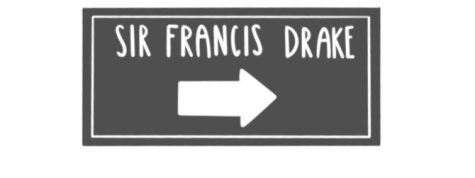
“[Archie Williams is] a learning organization, and we deserve to have a thoughtful name. Drake brought with his history that holds the extreme trauma the Miwok people faced,” Seabury said. “Schools of all places deserve to be given the highest levels of education and acknowledgment regarding the land they are built on.”
Even in the history textbooks provided in high schools throughout the district, students are still being taught history from the perspectives of colonizers. Like Dowell, Seabury found education to be a vital component in giving respect and honor to the Miwok tribe and their history.
“If we don’t acknowledge the impact of colonialism on how we got here, who’s land we are borrowing, and what that means to who we are as people…I’m concerned we are going to send this [generation] out thinking the same way as I was taught,” Seabury said.
The TUHSD has just recently begun to acknowledge the land our schools are built on and it’sy Miwok origins, but the topic of Marin’s history and the Miwok tribe still does not surface until later grades. In a January 2022 Bark survey, forty-two percent of students have heard about the Miwok tribe but do not fully understand the brutal conditions that the tribe endured during the prime age of colonization. Twenty-six percent have never been educated nor heard of Marin’s Miwok history, and only 32 percent of students have heard of and been educated on the subject of Marin’s Miwok history. It is clear there is an issue with students not being informed when it comes to the Miwok tribe in Marin.
Today, the Miwok tribe has formed a single recognized group, known as the Federated Indians of Graton Rancheria. Some Miwok people still live locally near Point Reyes and Bodega Bay. The Coast Miwok Tribal Council of Marin is one organization that is continuing to preserve their practices and protect their land and their rights. Joe Sanchez is the treasurer of the Coast Miwok Tribal Council of Marin. His family has been on Marin lands for over 10,000 years and lived through many defining events in history. Sanchez believes it is important for people to know who the Miwok were, what they lived through and how it affected them as a tribe and community.
“[The Miwok] greeted Drake. We lived through the Goldrush, we have been tenders, care-takers, stewards, cultivators and keepers of this land. We are the land. The land is us,” Sanchez said.
As we continue living on sacred land, we must ask ourselves, what is Marin’s obligation to educate ourselves about the Miwok and how can we do that? Land acknowledgments and education can make a big difference in giving recognition to the Native Americans. It is time to end the cycle of not recognizing the land that we are on, and educate both present and future generations about where we live and why this recognition holds such great value and importance. The history of the Miwok in Marin is tragic, but it is important to highlight.
“We come from a dark history, [but]it’s a remarkable history and it’s amazing we are still here,” Sanchez said. “We [the Miwok] live on.”

